Home>Gardening & Outdoor>Landscaping Ideas>What Grass To Plant In Winter
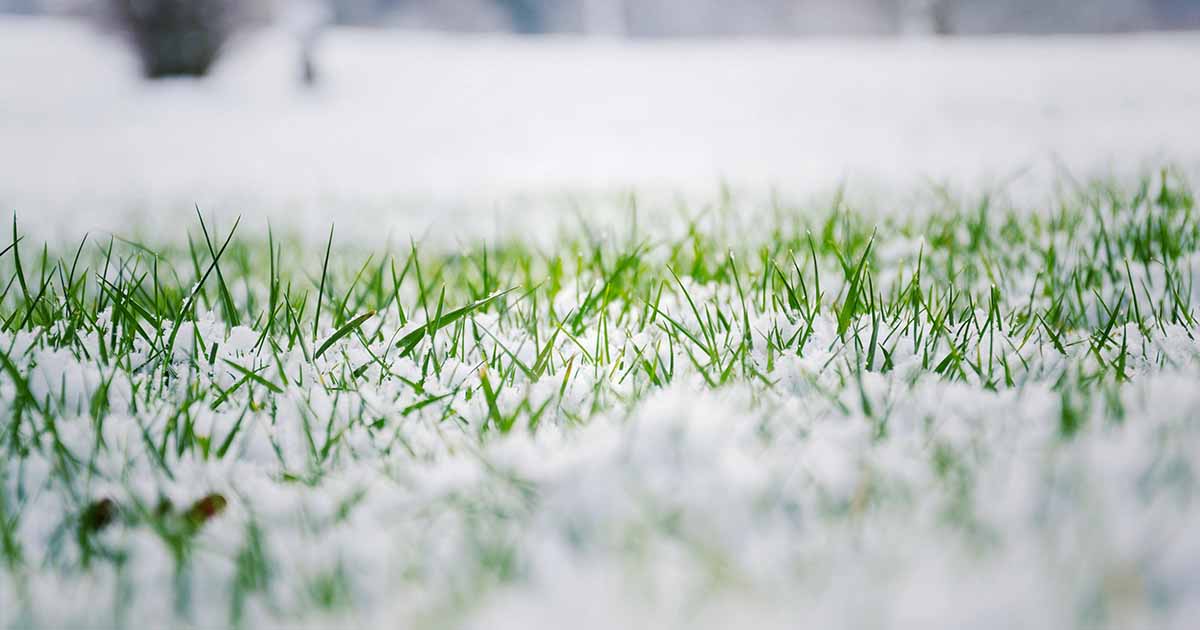

Landscaping Ideas
What Grass To Plant In Winter
Modified: October 18, 2024
Discover the best grass to plant in winter for your landscaping ideas. Find the perfect winter grass to enhance your outdoor space.
(Many of the links in this article redirect to a specific reviewed product. Your purchase of these products through affiliate links helps to generate commission for Storables.com, at no extra cost. Learn more)
Introduction
When the winter chill sets in, most people tend to shift their focus away from landscaping and gardening, assuming that the cold season isn’t suitable for such activities. However, contrary to popular belief, winter can actually be an ideal time to plant and nurture grass in your yard. In this article, we will explore the benefits of planting grass in winter, the types of grass that thrive in colder temperatures, best practices for planting and maintaining winter grass, and why this endeavor can be a rewarding investment for your outdoor space.
While winter may seem like an unlikely season for landscaping, it presents unique opportunities for cultivating lush, healthy lawns. By understanding the advantages of winter grass planting and the specific techniques involved, you can transform your outdoor space into a vibrant and inviting area, even during the colder months.
Key Takeaways:
- Planting grass in winter can lead to a lush and resilient lawn in spring. It helps prevent erosion, reduces competition from weeds, and enhances soil conditions for healthy growth.
- Choose cold-tolerant grass like fescue, ryegrass, Kentucky bluegrass, or Zoysia for winter planting. Proper soil preparation, seeding techniques, and ongoing maintenance are crucial for a thriving winter lawn.
Read more: What Grass Seed To Plant In Winter
Benefits of Planting Grass in Winter
Planting grass in winter offers a myriad of benefits that can significantly enhance the overall health and appearance of your lawn. Here are some compelling reasons to consider seeding or laying grass during the colder months:
- Early Establishment: Grass planted in winter has the advantage of establishing its root system before the arrival of spring. This early start allows the grass to gain a foothold and develop resilience, resulting in a stronger and more robust lawn once the growing season begins.
- Reduced Competition: During winter, weeds and other unwanted plants are less active, providing newly planted grass with a better opportunity to thrive without competing for resources. This can lead to healthier and denser turf growth.
- Enhanced Soil Conditions: Winter precipitation and cooler temperatures create favorable conditions for grass seed germination and growth. The soil moisture levels are often more consistent during winter, promoting better seed establishment and reducing the need for excessive watering.
- Prevention of Erosion: Planting grass in winter helps prevent soil erosion by stabilizing the ground with the developing root system. This can be especially beneficial for areas prone to erosion or those recently affected by construction or landscaping activities.
- Improved Aesthetics: By planting grass in winter, you can jumpstart the process of achieving a lush, green lawn in the following spring and summer. This proactive approach enhances the visual appeal of your outdoor space and sets the stage for a vibrant and inviting landscape.
These benefits underscore the value of winter grass planting as a strategic investment in the long-term health and beauty of your lawn. By taking advantage of the unique opportunities presented by the winter season, you can lay the groundwork for a thriving and resilient grassy expanse that will be the envy of the neighborhood.
Types of Grass to Plant in Winter
Not all grass species are well-suited for winter planting, as some may struggle to germinate and establish effectively in colder temperatures. However, several grass varieties are resilient and adaptable, making them ideal candidates for winter planting. Here are some popular types of grass that thrive in winter conditions:
- Fescue Grass: Fescue grass, including tall fescue and fine fescue varieties, is known for its cold tolerance and ability to flourish in winter. With its deep root system and resistance to extreme temperatures, fescue grass is a popular choice for winter lawns, offering exceptional durability and a vibrant green hue.
- Perennial Ryegrass: Perennial ryegrass is well-suited for winter planting, boasting rapid germination and establishment. This grass type exhibits remarkable resilience in the face of cold weather, making it an excellent option for achieving quick and consistent coverage in your lawn.
- Kentucky Bluegrass: While Kentucky bluegrass is renowned for its adaptability to various climates, it also performs admirably in winter conditions. Its cold tolerance, lush appearance, and ability to self-repair make it a popular choice for homeowners seeking a resilient and visually appealing winter lawn.
- Zoysia Grass: Zoysia grass, particularly cold-hardy cultivars such as Meyer or Zenith, can thrive in milder winter climates. Known for its dense growth and tolerance to cold temperatures, Zoysia grass provides an attractive and durable option for winter planting in regions with less severe winter weather.
These grass varieties are well-suited for winter planting, offering resilience, cold tolerance, and the capacity to establish and thrive in cooler conditions. By selecting the appropriate grass type for your specific climate and environmental factors, you can lay the groundwork for a vibrant and resilient winter lawn that will flourish in the seasons to come.
Consider planting cool-season grasses such as Kentucky bluegrass, fescue, or ryegrass in winter. These grasses thrive in colder temperatures and will provide a lush, green lawn during the winter months.
Best Practices for Planting Grass in Winter
Successfully planting grass in winter requires careful planning, proper techniques, and a thorough understanding of the unique considerations associated with colder temperatures. By following best practices tailored to the winter season, you can maximize the chances of establishing a healthy and thriving lawn. Here are essential guidelines for planting grass in winter:
- Soil Preparation: Begin by preparing the soil to create an optimal environment for grass seed germination and growth. Clear the area of debris, loosen the soil to a depth of 2-3 inches, and incorporate organic matter or compost to enhance soil fertility and structure.
- Seed Selection: Choose high-quality grass seed that is specifically formulated for winter planting. Opt for cold-tolerant grass varieties that are well-suited for your climate and environmental conditions, ensuring the best chance of successful establishment.
- Proper Seeding Technique: Distribute the grass seed evenly across the prepared soil using a spreader, following the recommended seeding rates for your chosen grass type. Lightly rake the seed into the soil to achieve good seed-to-soil contact, which is essential for successful germination.
- Watering and Moisture Management: Keep the seeded area consistently moist by watering lightly and frequently. Avoid overwatering, which can lead to seed displacement or fungal issues, while ensuring that the soil remains adequately moist to support germination and early growth.
- Protection from Wildlife and Erosion: Safeguard the seeded area from wildlife interference by using protective barriers or deterrents as needed. Additionally, consider erosion control measures such as straw mulch or erosion blankets to shield the soil and emerging grass seedlings from the impact of winter weather.
- Timing and Temperature Considerations: Aim to plant grass seed early in the winter season, allowing sufficient time for establishment before the onset of spring. Monitor weather forecasts and avoid seeding during periods of extreme cold or when the ground is frozen, as this can hinder germination and growth.
By adhering to these best practices, you can create an optimal environment for winter grass planting and maximize the likelihood of successful establishment. With careful attention to soil preparation, seed selection, proper seeding techniques, moisture management, and timing considerations, you can set the stage for a thriving winter lawn that will flourish in the seasons ahead.
Maintenance Tips for Winter Grass
Once you have planted grass in winter, it’s essential to provide ongoing care and maintenance to ensure the continued health and vitality of your lawn. While winter presents unique challenges, implementing the following maintenance tips will help nurture your grass and promote its resilience throughout the colder months:
- Mowing: While the growth rate of winter grass is typically slower, occasional mowing may still be necessary to maintain an optimal height. Set your mower to a higher setting to avoid cutting the grass too short, as longer blades provide better insulation and protection during winter.
- Debris Removal: Regularly remove fallen leaves, twigs, and other debris from the lawn to prevent them from smothering the grass and inhibiting healthy growth. Clearing the surface also allows for better light penetration and air circulation, benefiting the grass plants.
- Weed Control: Keep an eye out for winter weeds and address them promptly to prevent them from competing with the grass for resources. Consider targeted weed control methods that are safe for use on winter grass, and avoid disturbing the soil excessively to minimize weed seed germination.
- Moisture Management: Monitor soil moisture levels and adjust your watering schedule as needed. While winter precipitation may contribute to soil moisture, periods of dryness or extended cold spells may necessitate supplemental watering to prevent the grass from becoming dehydrated.
- Fertilization: Apply a light, slow-release fertilizer specifically formulated for winter grass to provide essential nutrients without stimulating excessive growth. A balanced fertilizer can support the grass’s health and resilience, helping it withstand the challenges of winter.
- Protection from Traffic: Minimize foot traffic on the lawn, especially when the ground is wet or frozen, as this can compact the soil and potentially damage the grass. Encourage family members and guests to use designated pathways to reduce stress on the grass plants.
By implementing these maintenance tips, you can actively support the health and vigor of your winter grass, setting the stage for a lush, resilient lawn when the growing season resumes. Consistent attention to mowing, debris removal, weed control, moisture management, fertilization, and protection from traffic will contribute to the overall well-being of your grass, ensuring its ability to flourish in the face of winter’s challenges.
Read more: When To Plant Winter Grass In Arizona
Conclusion
Planting and nurturing grass in winter is not only feasible but also advantageous, offering numerous benefits and opportunities for creating a vibrant and resilient lawn. By seizing the unique advantages of the winter season, homeowners can lay the groundwork for a healthy and visually appealing outdoor space that will thrive in the coming seasons.
From the early establishment and reduced competition to the enhanced soil conditions and prevention of erosion, the benefits of winter grass planting are compelling and far-reaching. Selecting suitable grass varieties, such as fescue, perennial ryegrass, Kentucky bluegrass, or cold-hardy Zoysia cultivars, is crucial for successful winter planting, ensuring that the chosen grass type can withstand and flourish in cooler temperatures.
Adhering to best practices for winter grass planting, including thorough soil preparation, proper seeding techniques, and effective moisture management, lays the foundation for successful establishment and growth. Ongoing maintenance, such as mowing, debris removal, weed control, and appropriate fertilization, is vital for nurturing the winter grass and safeguarding its health throughout the colder months.
By embracing the possibilities of winter grass planting and implementing the recommended strategies, homeowners can transform their outdoor landscapes into thriving, resilient havens. With careful attention to the unique considerations of winter lawn care, including timing, temperature, and the selection of cold-tolerant grass varieties, individuals can cultivate lush, green lawns that will endure and flourish, even in the face of winter’s challenges.
In conclusion, the decision to plant and maintain grass in winter is a proactive investment in the long-term health and beauty of your lawn, setting the stage for a vibrant and inviting outdoor environment that will be enjoyed throughout the year.
Frequently Asked Questions about What Grass To Plant In Winter
Was this page helpful?
At Storables.com, we guarantee accurate and reliable information. Our content, validated by Expert Board Contributors, is crafted following stringent Editorial Policies. We're committed to providing you with well-researched, expert-backed insights for all your informational needs.
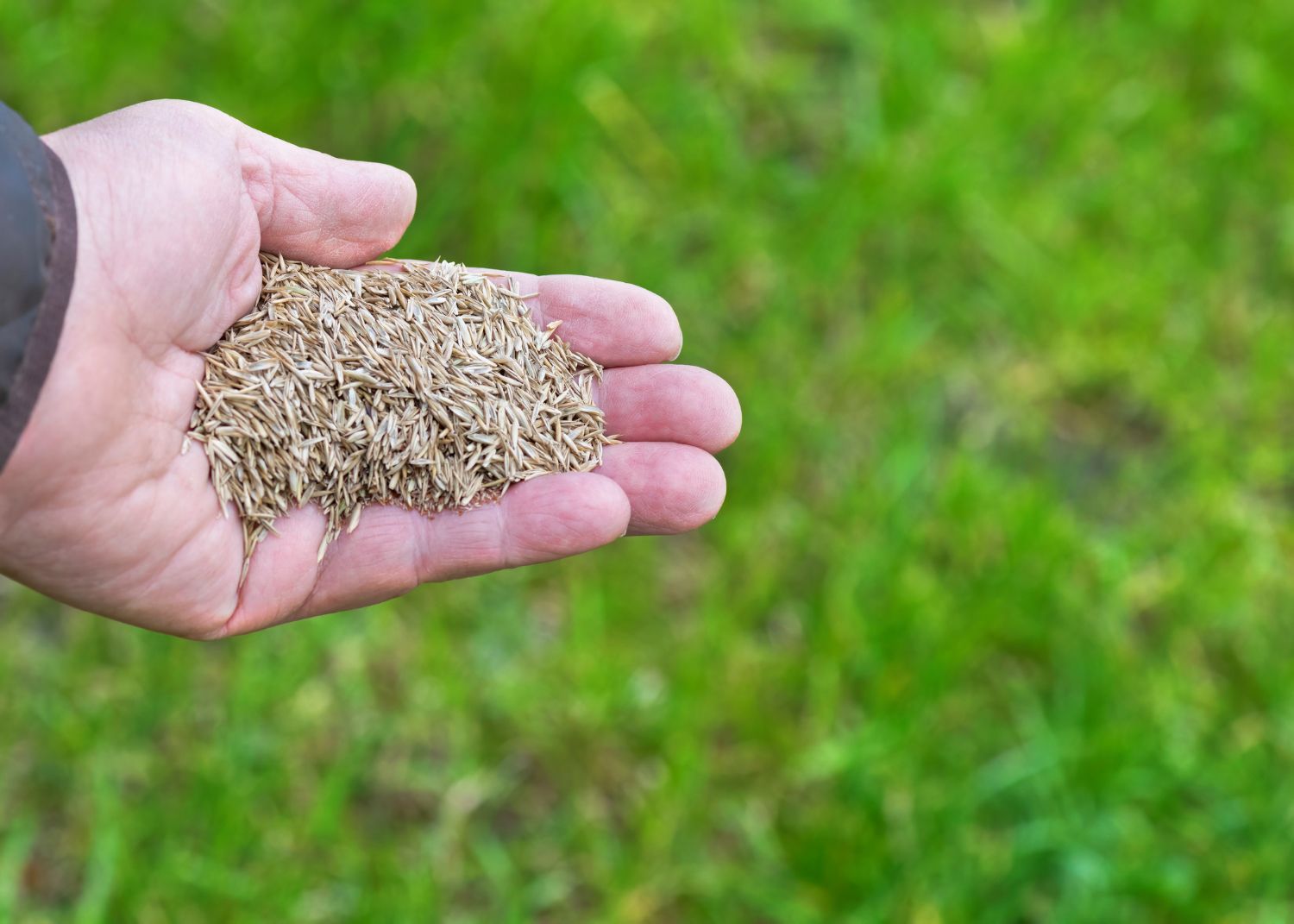
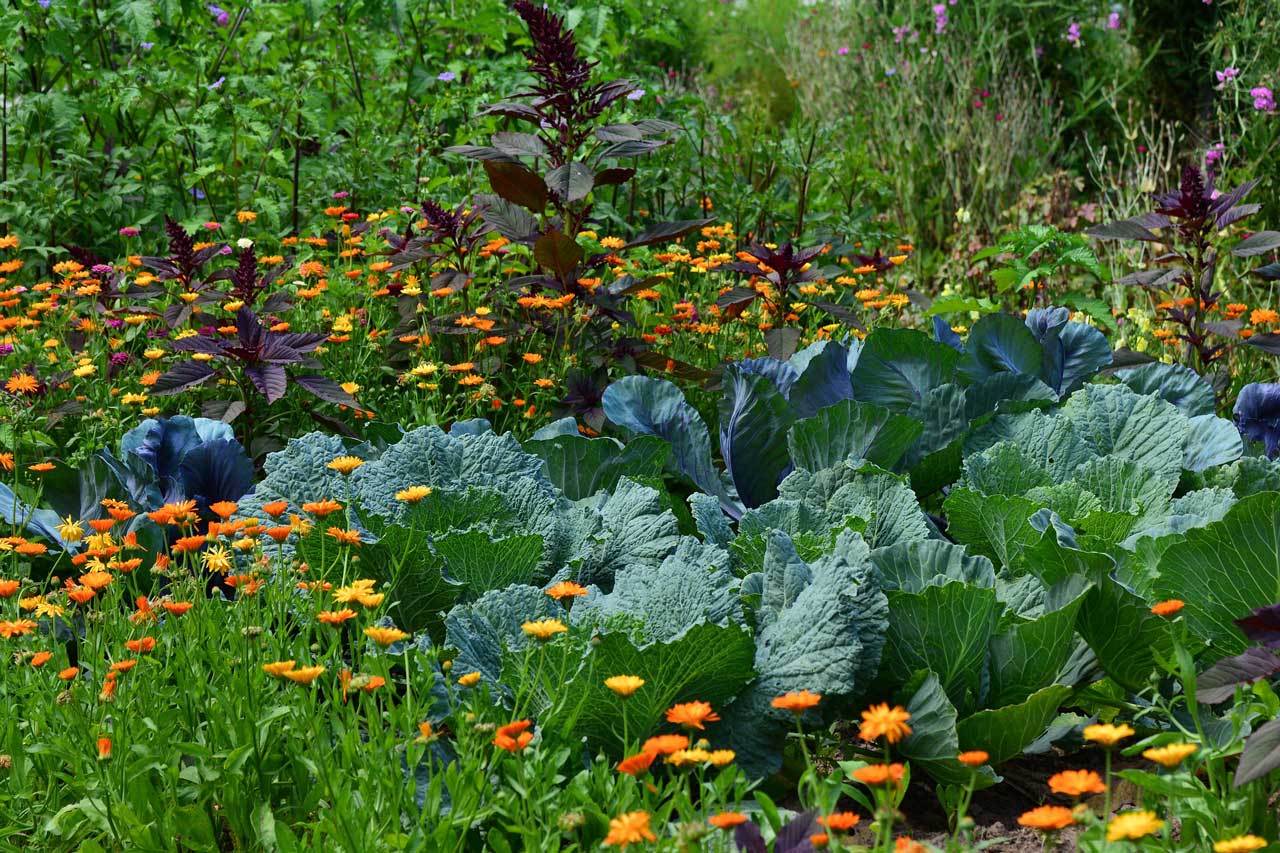

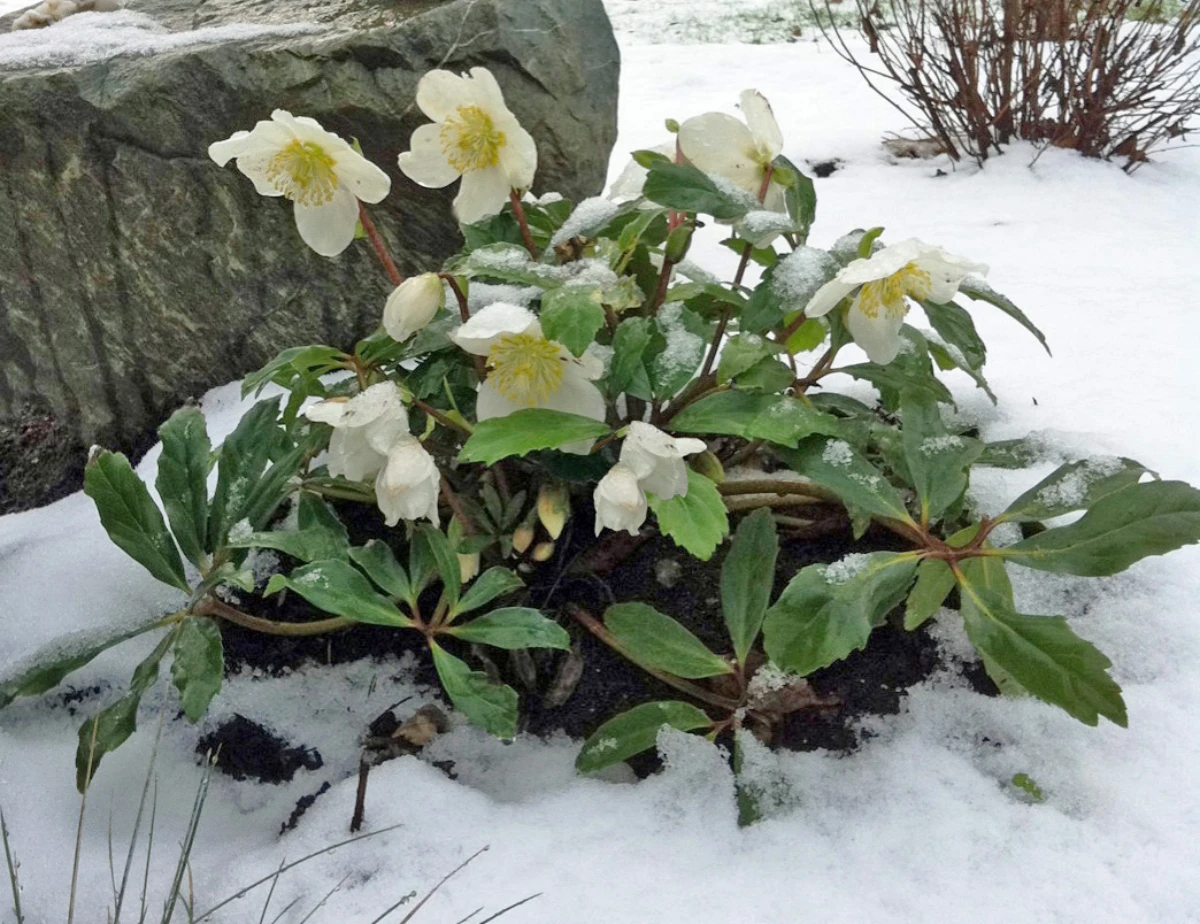
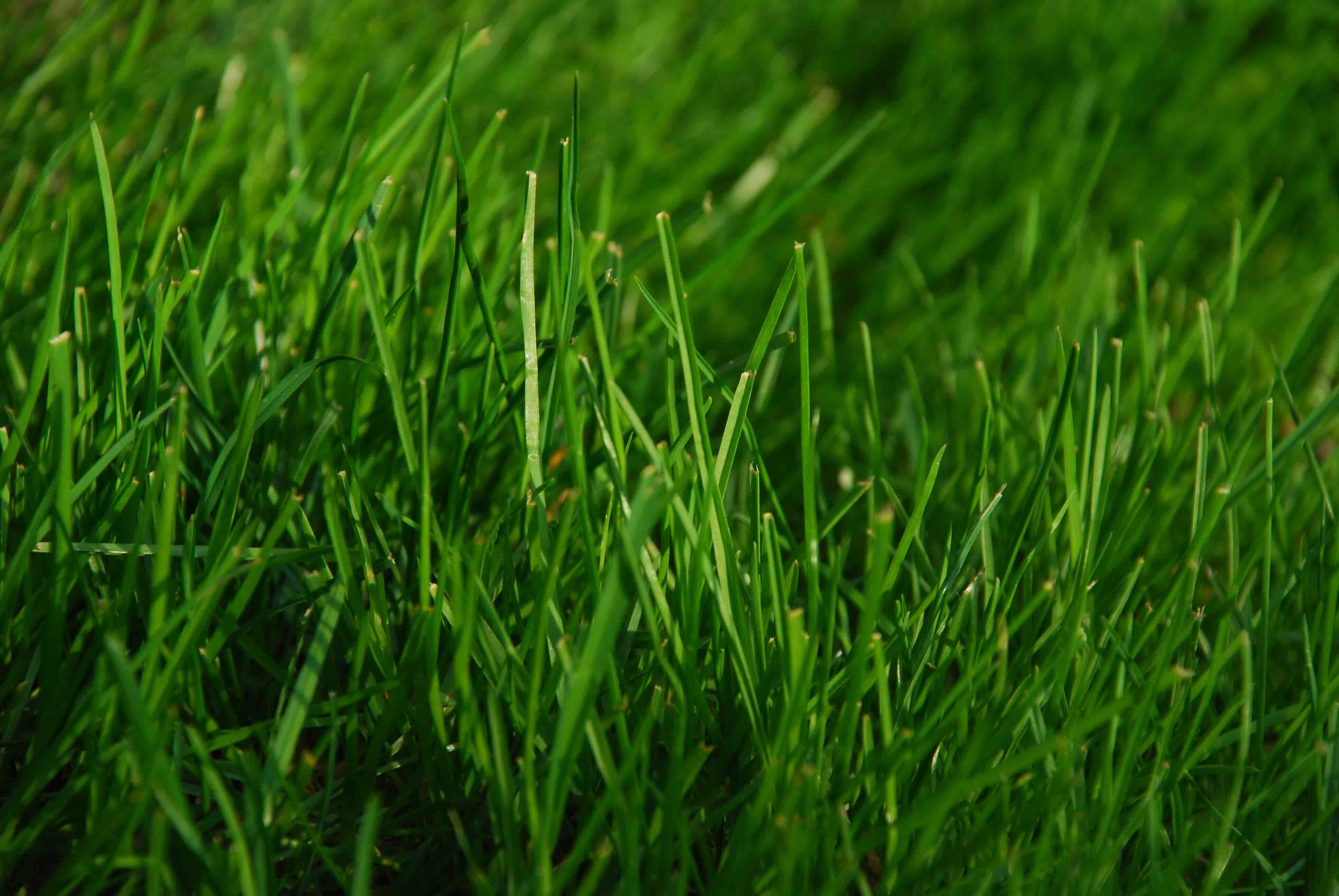
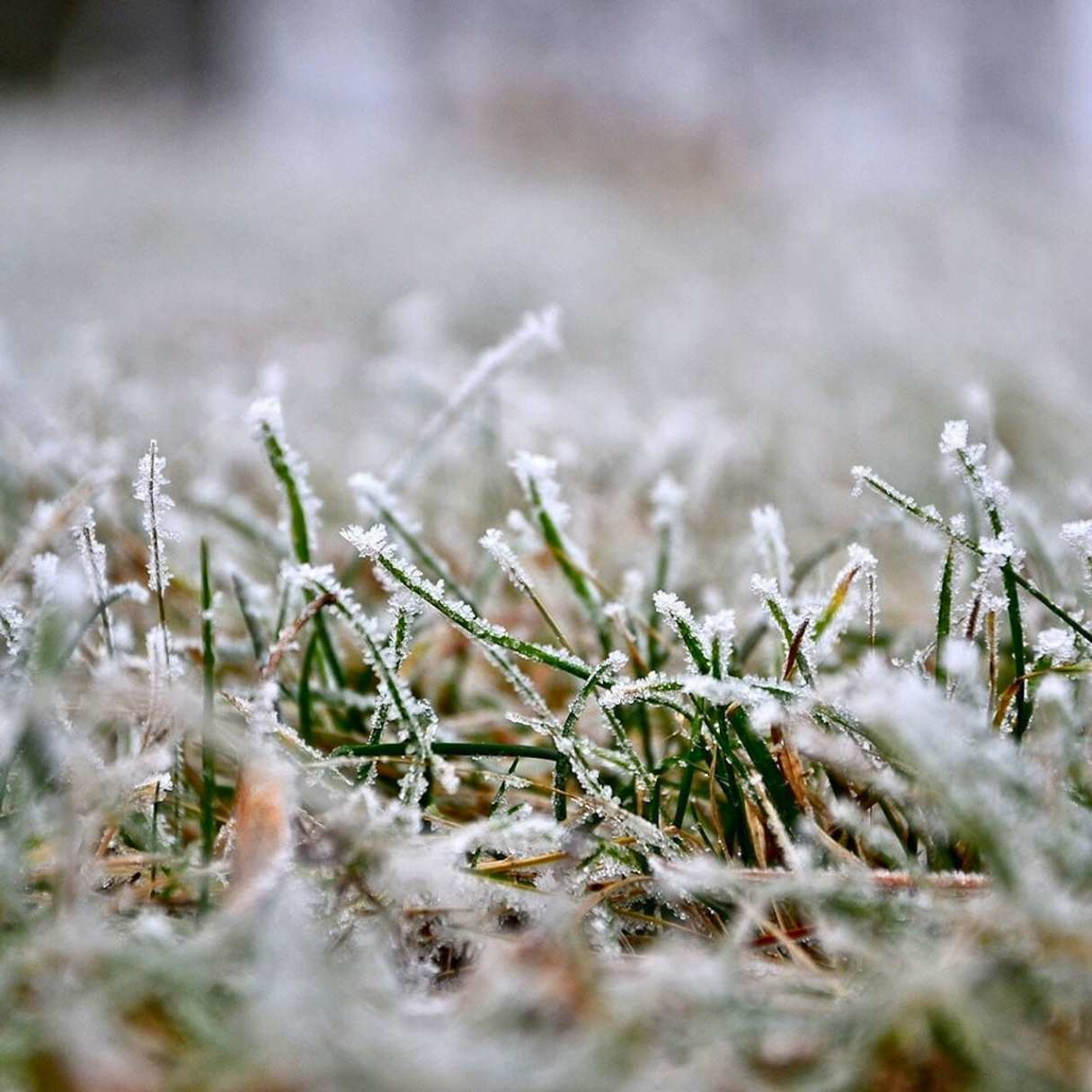
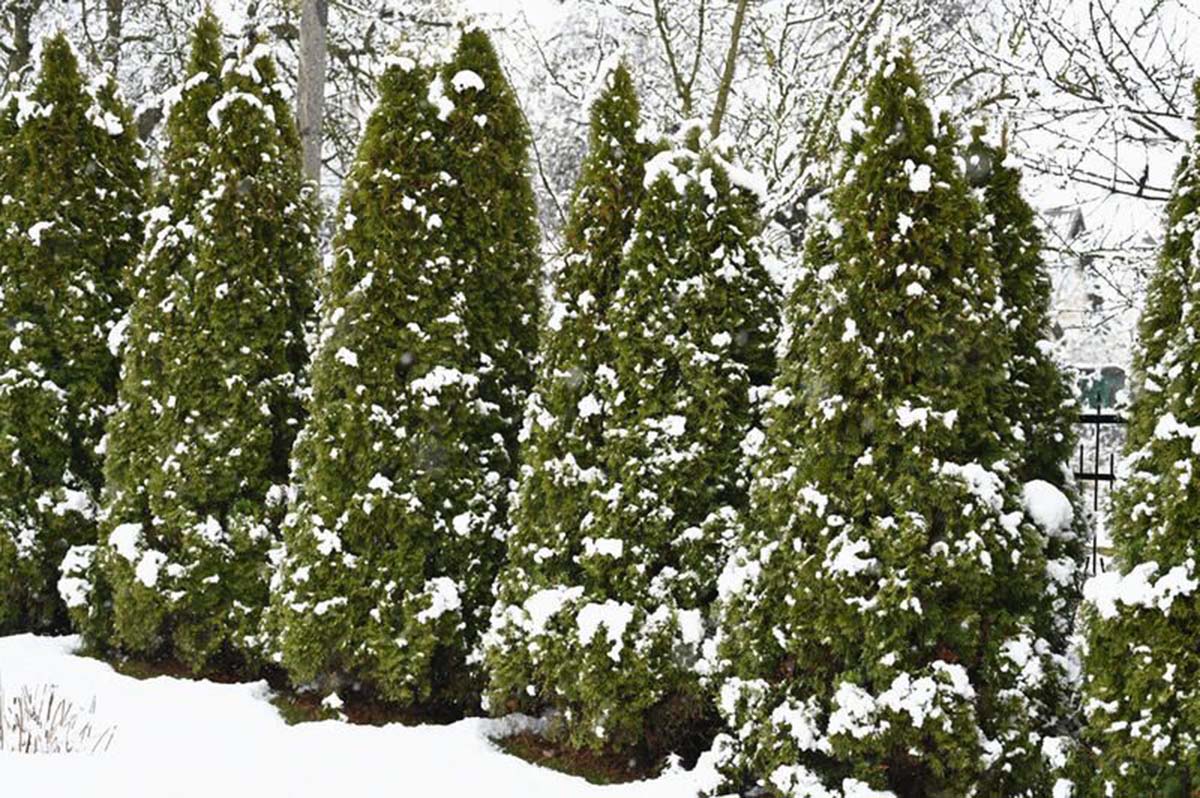
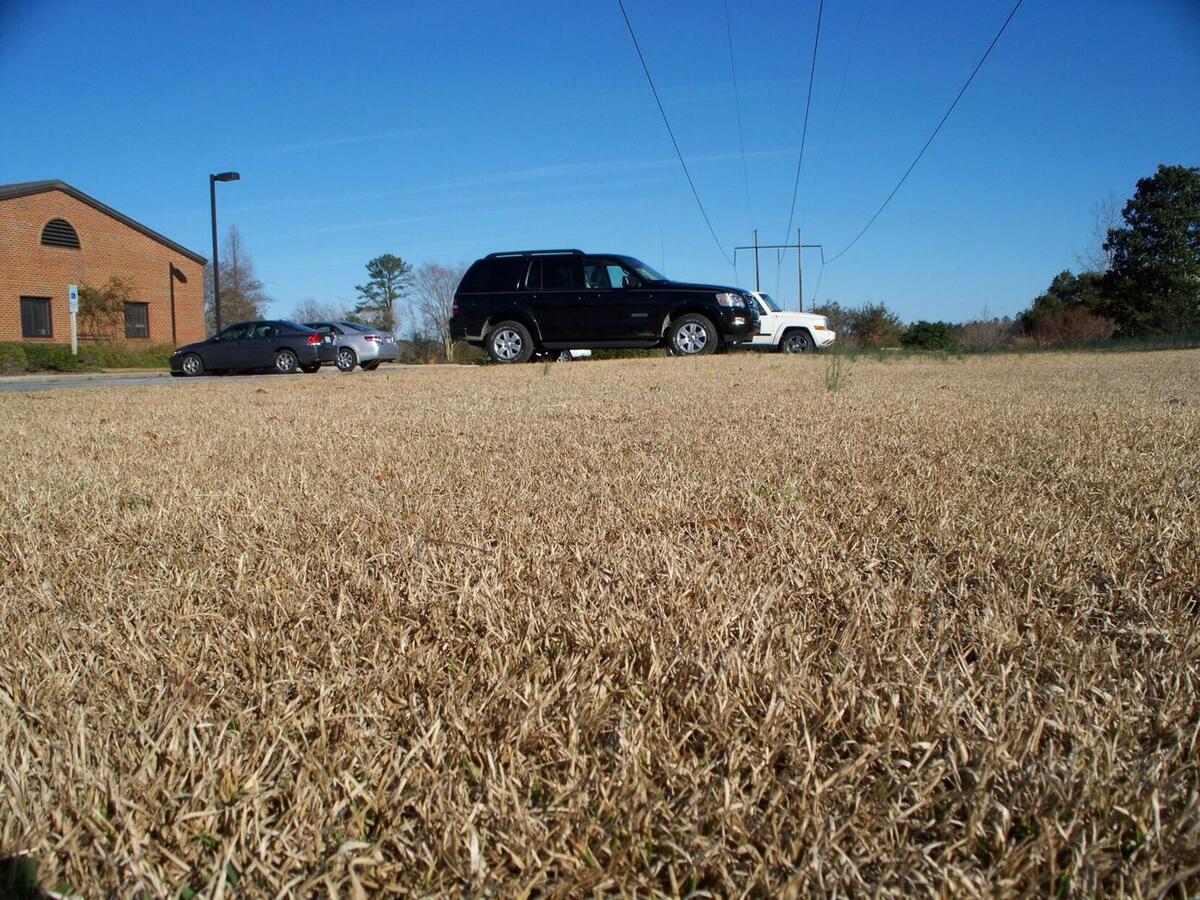
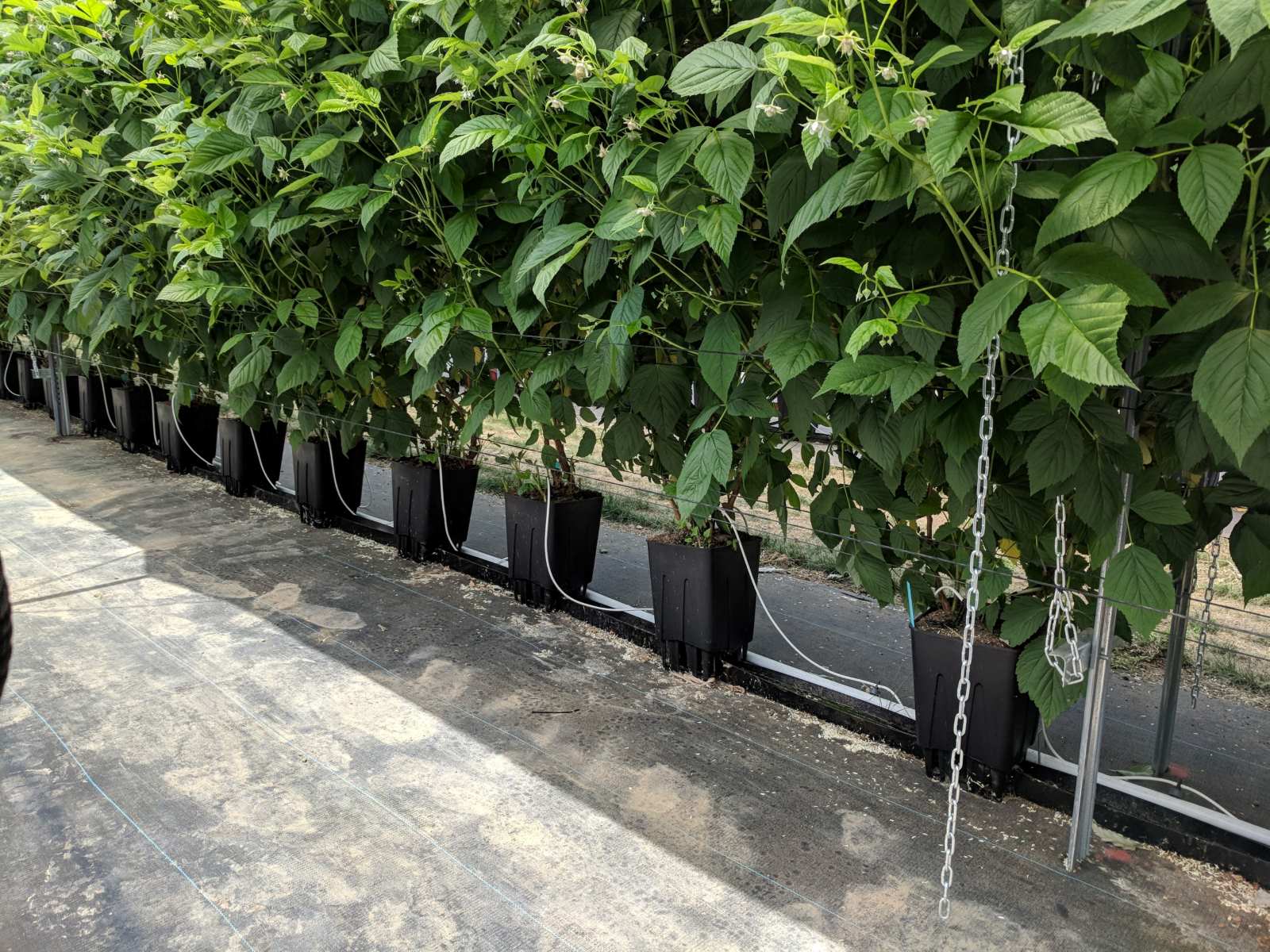
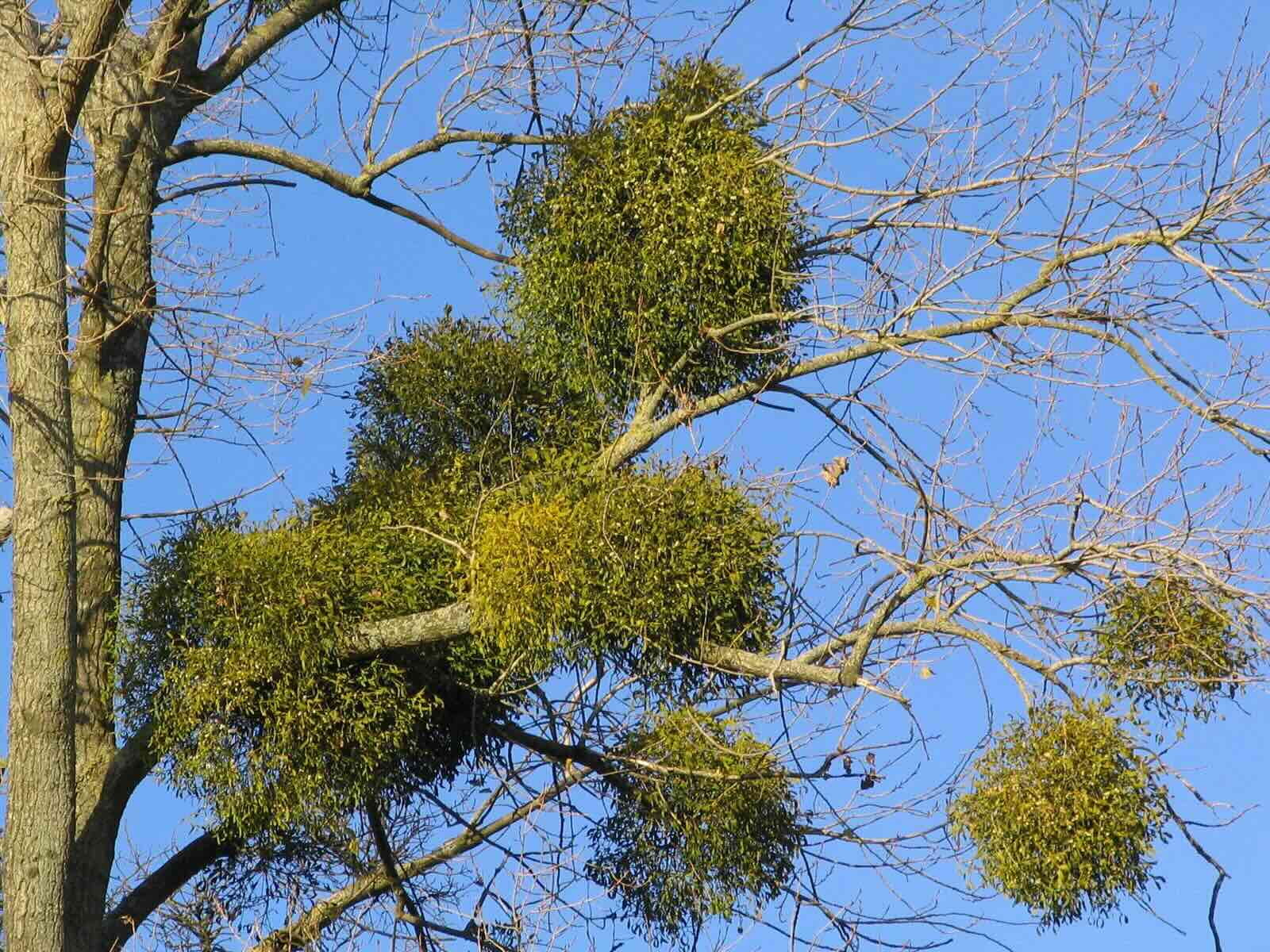

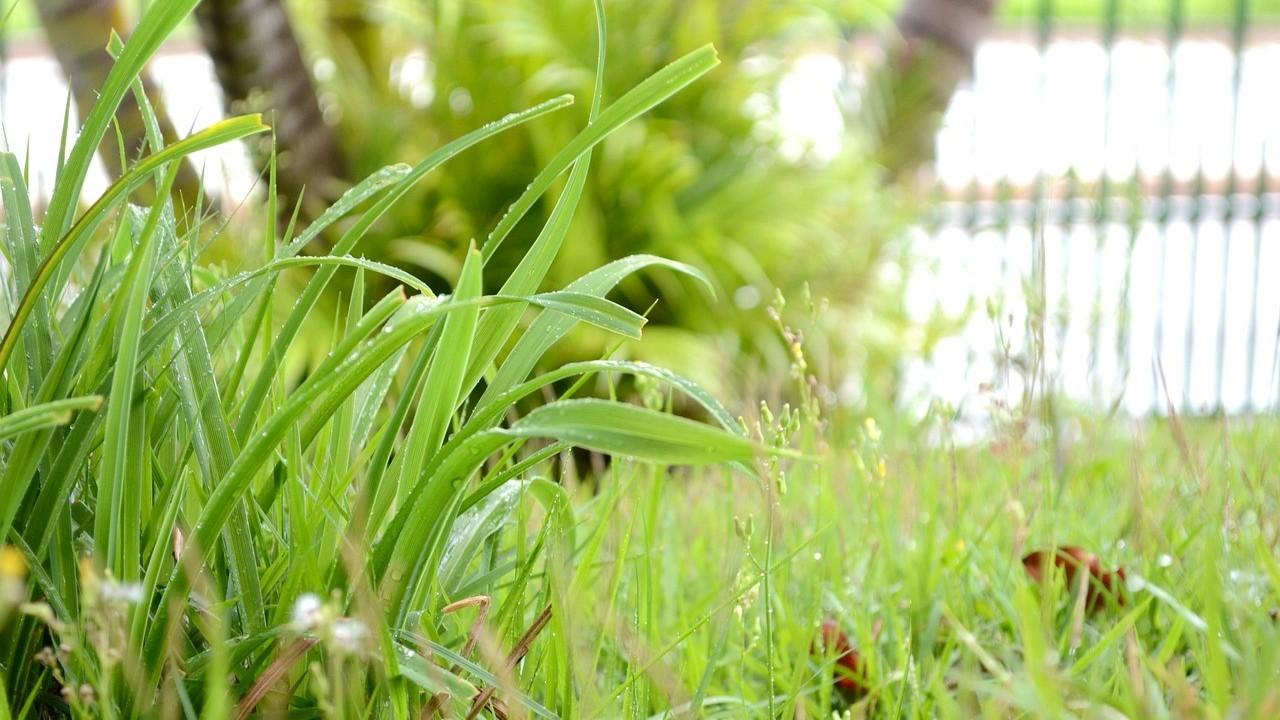

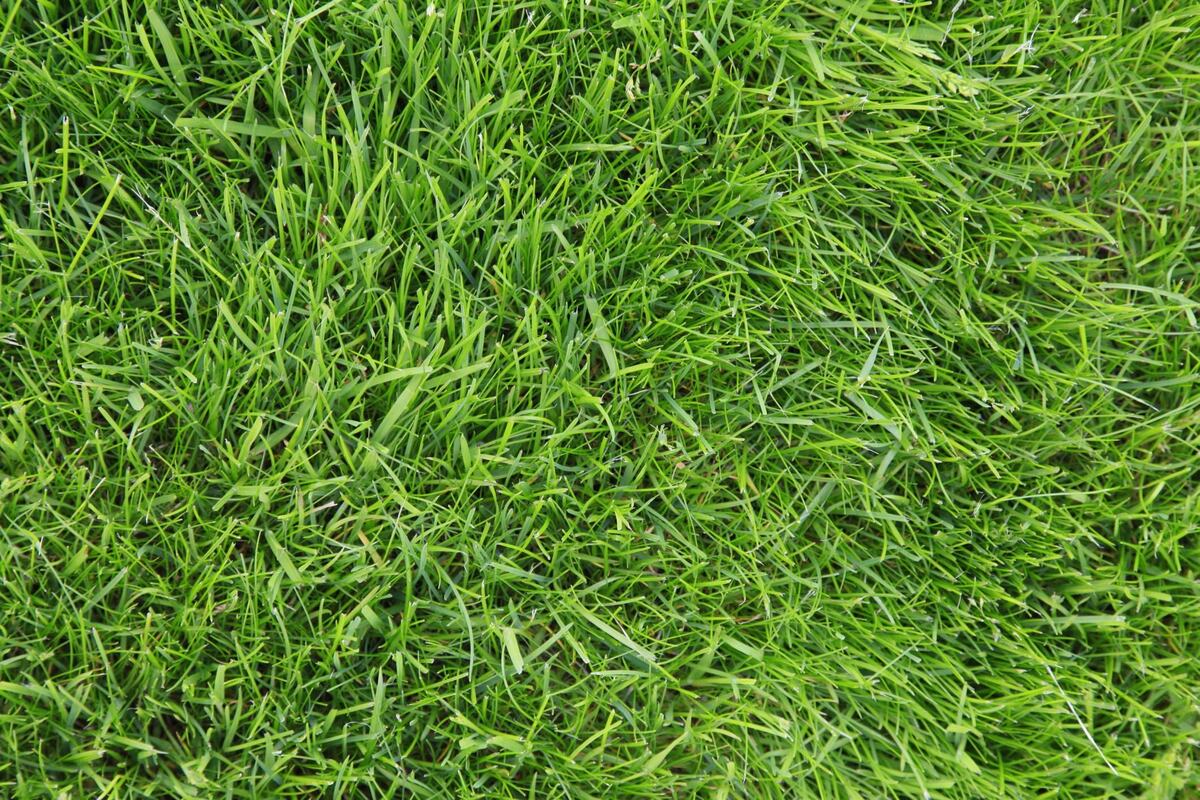

0 thoughts on “What Grass To Plant In Winter”